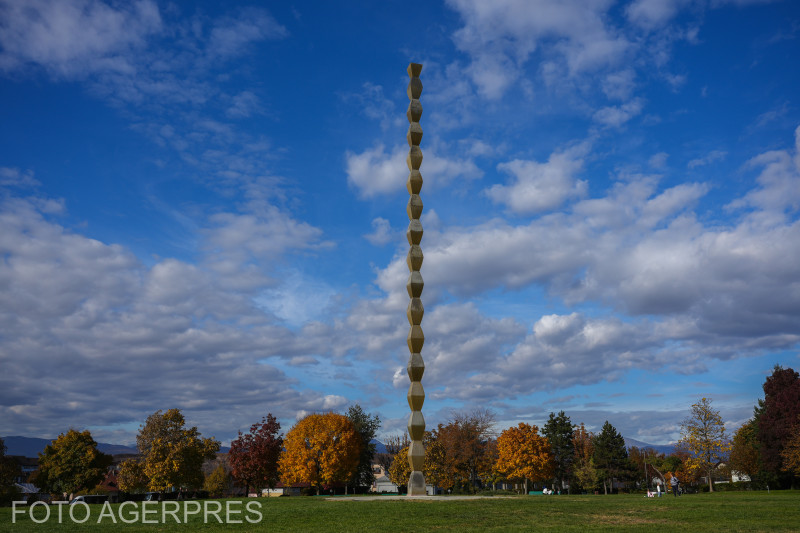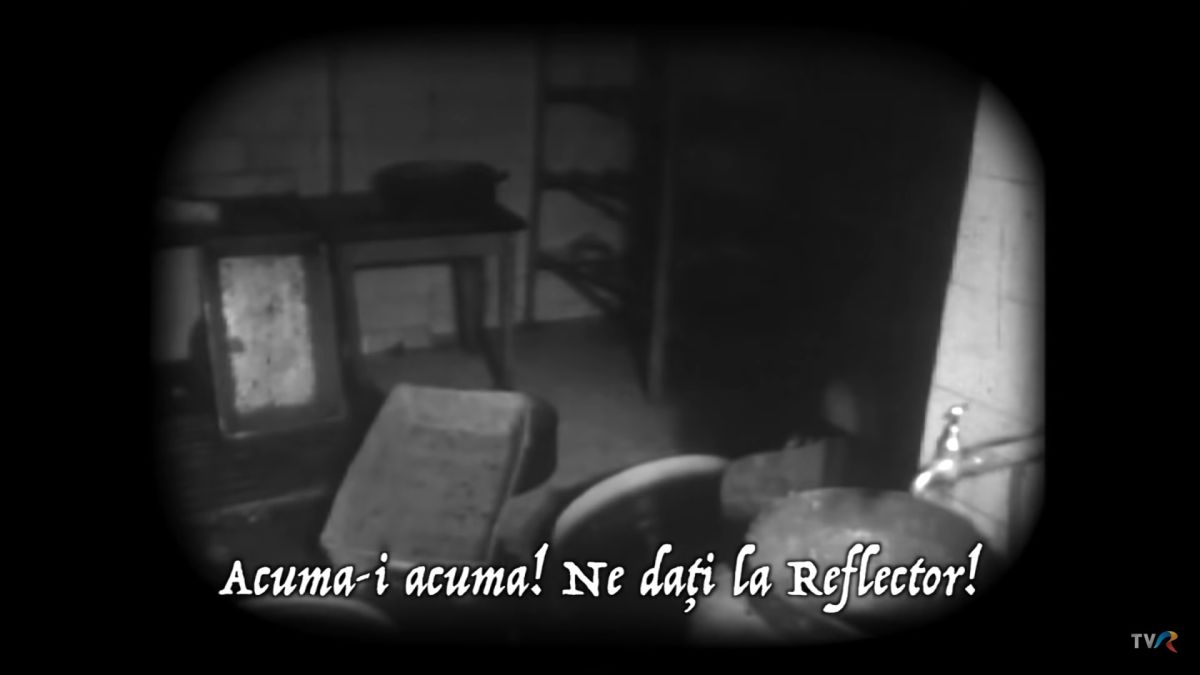Interethnic Cohabitation in Greater Romania
In 1918, Greater Romania incorporated minority communities accounting for 28% of its total population

Steliu Lambru, 30.10.2017, 13:40
In 1918, the newly-formed Greater Romania incorporated minority communities accounting for 28% of its total population. These communities would cohabitate with the majority based on the system of legal provisions, but also on traditional, unwritten customs. For half a century, the relationships between the ethnic minorities and the majority population in Romania unfortunately covered the whole range of possible forms, from tolerance to genocide.
Historian Ioan Scurtu reviews the relationships that the Romanian majority population had with the ethnic minorities in the first half of the 20th century, actually until the end of World War Two. His overview begins with the circumstances in which the World War One peace treaties were signed.
Ioan Scurtu: “At the Peace Conference held in Paris in 1919-1920, the underlying assumption was the observation of the national principle, in the sense that the states that emerged from the debris of the Hapsburg and the Russian Empire were supposed to be nation states. But as reality proved, no state could be a pure entity, in terms of its ethnic make-up. Romanias ethnic structure comprised fewer minorities than, for instance, Czechoslovakia, Poland, Yugoslavia, which had a substantial percentage of national minorities. Over the centuries, all sorts of minorities had settled on the territory of 1918 Romania. In Dobruja, Turks, Tartars and Bulgarians had been brought by the Ottoman Empire, which governed that region from 1417 to 1878. In Bessarabia, in the east, the Russian Empire brought in Russian, Jewish, Ukrainian, Bulgarian and Gagauz settlers. In turn, Transylvania had been colonized by Saxons and Szecklers, in Bukovina Germans, Jews and Ukrainians arrived, so a complex national structure had taken shape in the long run. Romanians had taken in and hosted minorities that were persecuted in their countries of origin, as is the case of Jews, who were persecuted and subject to massacres known as pogroms in Poland and Russia. There was a mosaic of nationalities, but none of them accounted for even 10 percent of the total population.
One of the minorities turned into a bone of contention was the Hungarian one. Ioan Scurtu specifically focused on the issue of the optants of Transylvania.
Ioan Scurtu: “The optants were those inhabitants of Transylvania who, under the Treaty of Trianon, were given the right to choose the Hungarian citizenship and moved to Hungary. Following the enforcement of the agrarian reform in Romania through expropriation of big farms and the distribution of land to peasants, Hungarian landowners lost their land, just as the Romanian landowners did. The land was distributed to Hungarian and Romanian peasants, as well as to Ukrainians, Russians, Bulgarians or other nationalities. But the optants claimed they had been wronged and sued the Romanian state. They were backed by the Hungarian government, and they filed a complaint to the League of Nations. This was nothing but a form of instigation by the Hungarian government, which sought to make the European public believe that there were problems in Transylvania after it joined Romania. Under the Hague Convention of 1932, the optants were awarded damages, to be paid by the Hungarian government out of the amount that the Hungary had to pay to Romania as war reparations.
The second exception from the generally good cohabitation between the ethnic majority and the minorities in Romania involved the Bulgarians.
Ioan Scurtu: After the 1913 Treaty of Bucharest that ended the Second Balkan War, Romania annexed the area known as Cadrilater, a region inhabited by a large Bulgarian community. There was no ethnic majority in Cadrilater, where Romanians, Bulgarians and Turks were living together on equal footing. The Bulgarian authorities however claimed not only the Cadrilater region, but the entire region of Dobruja, in the southeast, and used the Bulgarian peasants there as agents to support these claims. The same propaganda was used by the Bulgarian Communist Party, in the 3rd Communist International, in which Gheorghi Dimitrov had an important role. So basically the goals of the Hungarian and Bulgarian revisionists converged, and in 1940 Romania actually lost some of its territory.
The Jewish minority had to suffer the most because of the interwar political climate, with most Jewish communities being literally exterminated, although Ioan Scurtu says that until the mid-1930s the relations between the Romanians and Jews had been normal.
Ioan Scurtu: “I believe there is excessive emphasis these days on the idea of conflicts, pogroms and so on. I cannot agree with that, there are no documents writing about conflicts between Romanians and Jews in the interwar period. It is true that after 1934-1935, against the backdrop of the increase in far-right movements, especially after Hitler came to power in 1933, Romania saw a rise in nationalism, which was aimed at strengthening the Romanian nation and eliminating the other national minorities, at making Romania a country of Romanians, as the nationalists claimed. What happened after 1940 was not the result of normal developments in the Romanian society. During the military far-right regime of Antonescu, measures were indeed taken against the Jewish community. In 1941 the authorities reached as far as to take actions aimed at the physical destruction of the Jews. These were the most reprehensible actions of the Antonescu government. They forced the Jews from Bukovina and Bessarabia to leave their homes and go to Transdniester without any justification.
(translated by: Eugen Nasta, Lacramioara Simion)






























